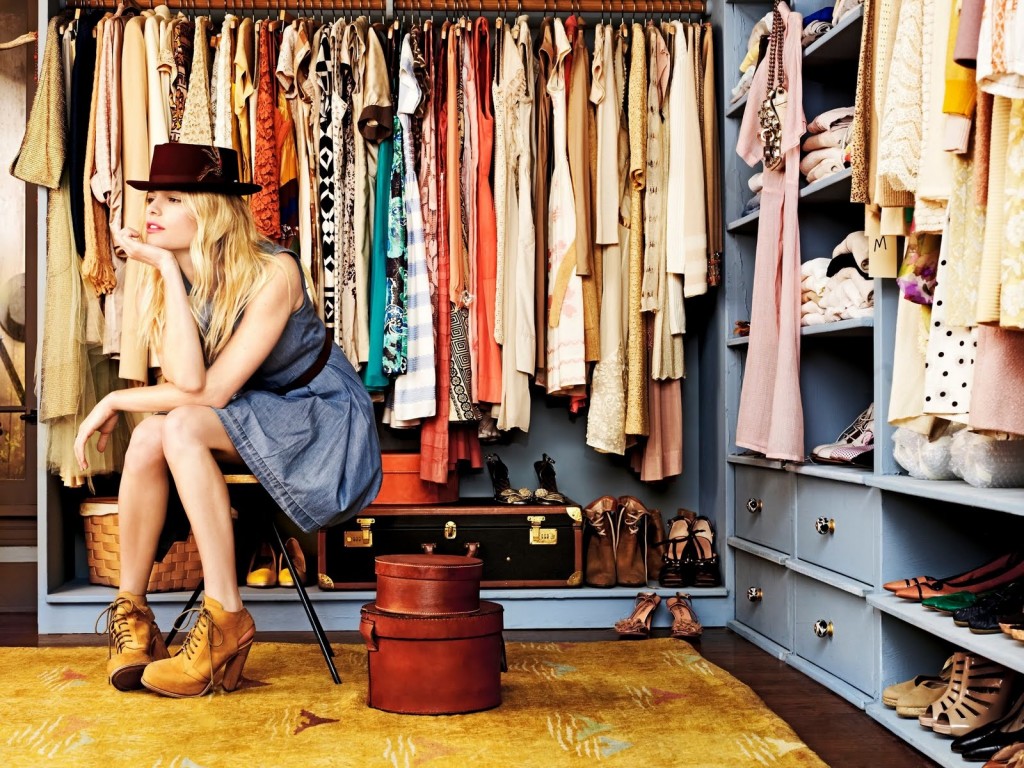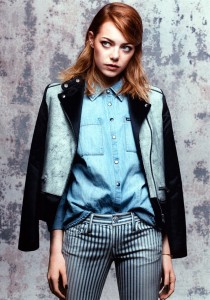“I’d like a hug,” I decided on my last day. We proceeded to discuss the details of our hug – where we would place the arms, when to terminate the embrace, how tightly we would hold each other. After agreeing on my comfort level, I stood and hugged her, a tad tighter than we had initially agreed on.
We pulled apart and she asked, like a typical therapist, “What are the tears in your eyes about?”
Tear ducts unabashedly hot, I replied, “I don’t know; what are your tears about?”
My therapist was crying. She was crying for me, for the progress I’ve made in the past three years, for the impending separation to come. My time with her was not over – I still planned to have a session every month – but everything from this point on will be different. That much, we both knew and expected.
A week into college life in New York City, and yes, everything has changed. My cat doesn’t mewl for food every morning. The night is noisier, both in and out of my head. I’m surrounded by strangers who all seem like they’ve got it together. I miss the convenience and privacy of my room, long drives while blasting music, and the Henri Matisse Goldfish painting that hung on my therapist’s wall. Everything is different, including me.
Four years ago, depression plagued me. It seemed the only things I enjoyed were sleep and razors, constant worrying, and constant headaches. When I began seeing my therapist, I was an ugly, unromantic mess. I said, “I can’t imagine myself not having depression.” Depression was a parasite that scarred my arms, legs, and cheeks. I weighed on my few friends until they broke and left me, exhausted by my exhaustion.
Four years ago, I could have never survived my first hectic week at New York University. Though self-doubt never quite disappears, it has diminished greatly over the course of recovery, helmed by my therapist. Without her, my ship would have been smashed to bits on the reef. Without her, I would not have found the willpower to brave my way through life’s complexities and simplicities.
Living the college life with depression is precarious. Many young adults have not reached any level of self-comfort yet. Many suffer undiagnosed. This is why I urge everyone who suffers from even mild symptoms of depression and anxiety to reach out for help – be it through college or through local connections. Don’t let the stigmas of therapy and mental illnesses prevent you from getting the professional help you need and deserve.
The poster of Henri Matisse’s Goldfish on my dorm room wall is a reminder that therapy can (and already has) helped me thrive during the overwhelming college experience. These days have the potential to become the most wonderful days of your life – don’t let yourself drag you down.
In a series of eight blog posts, I will discuss what I have learned throughout my journey through depression, and how I have overcome my demons. With a little advice and self-help, maybe you can, too.
ChristelleMarie Chua, New York University ’18
Follow the Campus Clipper on Twitter and Like us on Facebook!
Interested in more deals for students? Sign up for our bi-weekly newsletter to get the latest in student discounts and promotions and follow our Tumblr and Pinterest. For savings on-the-go, download our printable coupon e-book!





 This blog series is a serialized look at fashion as a function and inspiration in our everyday lives. It explores the urban young-adult aesthetic in modern American culture, specifically in New York City. If you are reading this series, you’re somewhat familiar with urban fashion trends or perhaps you fit the aforementioned demographic. The urban young-adult aesthetic likely saturates every form of media from music to films and other visual arts that you consume. You find that a touch of it lingers in the background track of your favorite dance song when you hear heavy platform shoes on hardwood floors or the clink of metal on some over accessorized clubgoer. You notice that the film adaptation of your favorite young-adult series uses the popular color scheme from the runway that year. It is no coincidence that fashion concepts marketed to young-adults are such popular motifs in other art forms. The young adult is powerful in any form of art. The confluence of their unique and modern generational experience fused with newfound independent thinking, without fail, makes every generation of young adults the most important shapers of culture.
This blog series is a serialized look at fashion as a function and inspiration in our everyday lives. It explores the urban young-adult aesthetic in modern American culture, specifically in New York City. If you are reading this series, you’re somewhat familiar with urban fashion trends or perhaps you fit the aforementioned demographic. The urban young-adult aesthetic likely saturates every form of media from music to films and other visual arts that you consume. You find that a touch of it lingers in the background track of your favorite dance song when you hear heavy platform shoes on hardwood floors or the clink of metal on some over accessorized clubgoer. You notice that the film adaptation of your favorite young-adult series uses the popular color scheme from the runway that year. It is no coincidence that fashion concepts marketed to young-adults are such popular motifs in other art forms. The young adult is powerful in any form of art. The confluence of their unique and modern generational experience fused with newfound independent thinking, without fail, makes every generation of young adults the most important shapers of culture. Scenario 1: You’ve lived in New York City for the past year or two—or maybe your entire life. You’ve mistakenly taken the 4 train instead of the 5. The initial awe and shock of seeing street performers has worn off. You can successfully navigate through the tiny, winding streets of Chinatown and know where to get the best and cheapest bubble tea. You avoid the Thanksgiving Day Parade like the plague. You scoff at foreign friends’ suggestions to see Times Square or the Statue of Liberty. You know where the next Starbucks is without consulting your iPhone app (let’s be honest, though—the answer to this is usually one block from the last). You have funny stories about tourists and run-ins with celebrities, and you have much sought-after thoughts about what to do on Saturdays.
Scenario 1: You’ve lived in New York City for the past year or two—or maybe your entire life. You’ve mistakenly taken the 4 train instead of the 5. The initial awe and shock of seeing street performers has worn off. You can successfully navigate through the tiny, winding streets of Chinatown and know where to get the best and cheapest bubble tea. You avoid the Thanksgiving Day Parade like the plague. You scoff at foreign friends’ suggestions to see Times Square or the Statue of Liberty. You know where the next Starbucks is without consulting your iPhone app (let’s be honest, though—the answer to this is usually one block from the last). You have funny stories about tourists and run-ins with celebrities, and you have much sought-after thoughts about what to do on Saturdays.